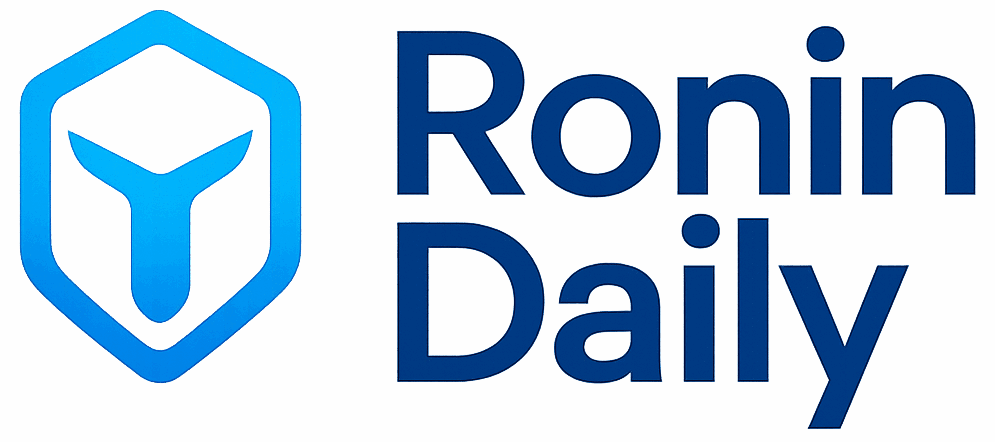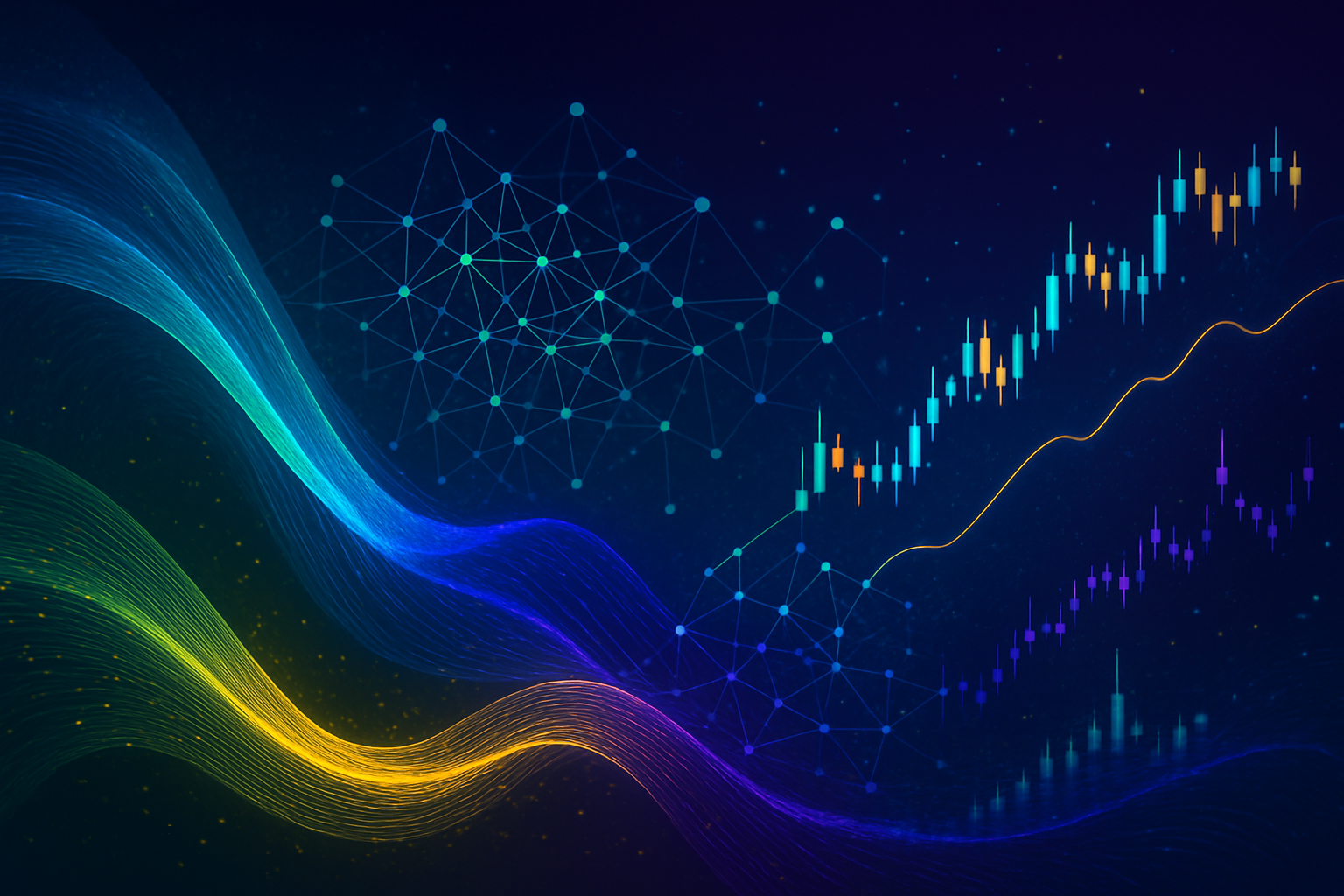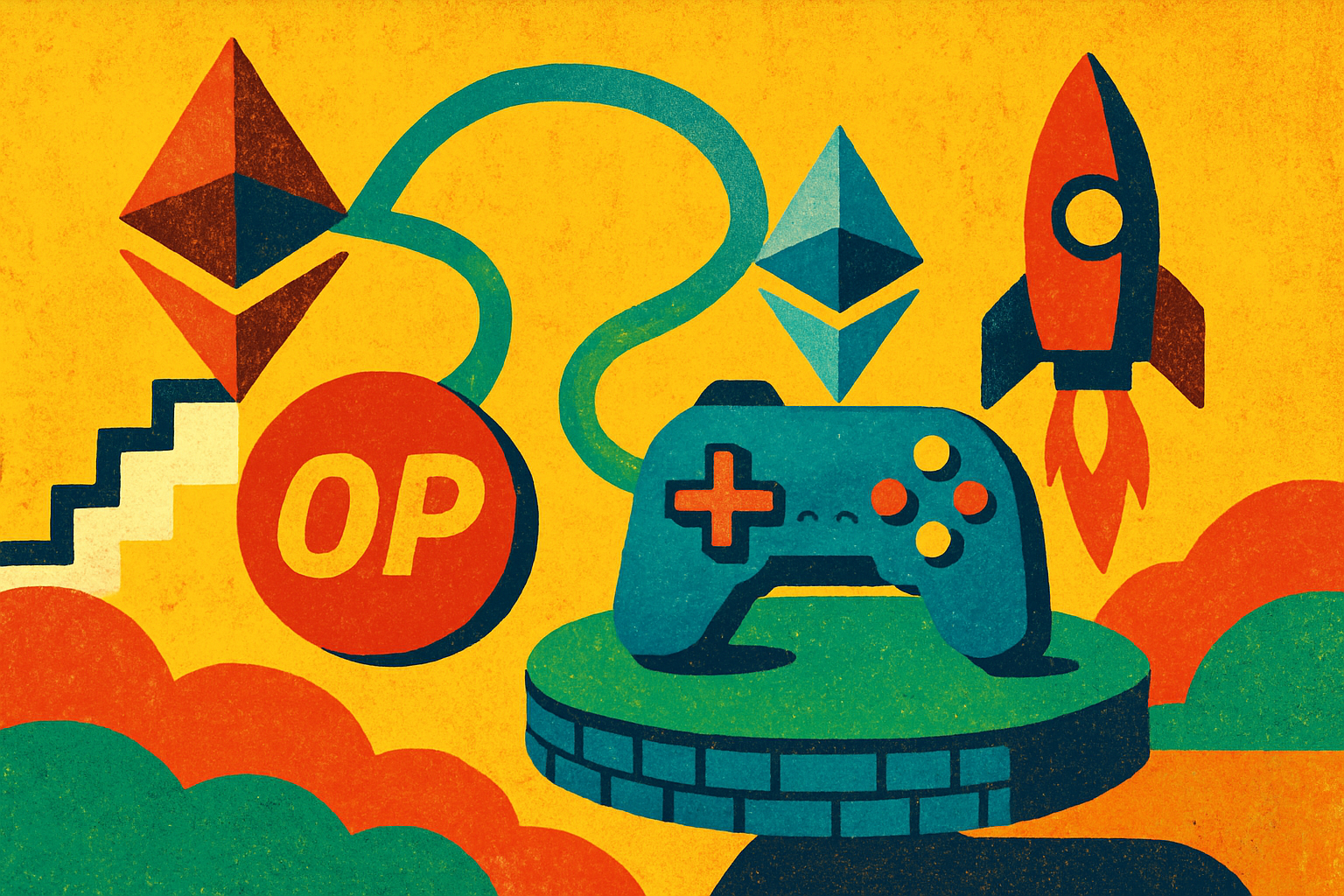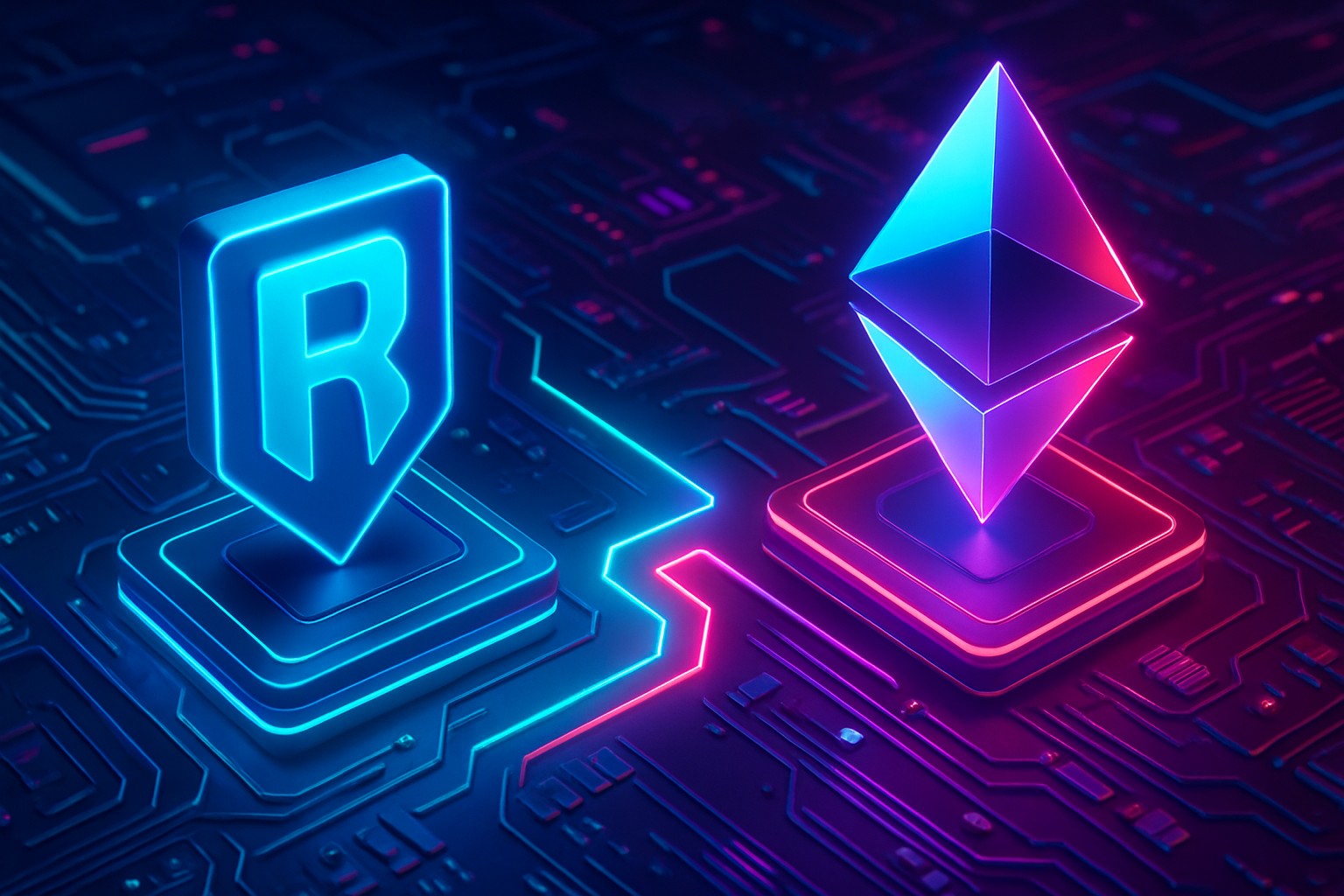
For developers evaluating blockchain scaling solutions, the landscape has shifted dramatically in 2025. The Ronin L2 network, once known primarily as a sidechain for Axie Infinity, is now poised to rejoin Ethereum as a Layer 2 rollup. This move comes at a pivotal moment: Ethereum’s own L2 ecosystem has undergone a transformation, slashing transaction costs and boosting throughput to unprecedented levels. In this article, we’ll compare Ronin L2 vs Ethereum L2 in terms of transaction cost and speed, two factors that directly impact the developer and user experience.
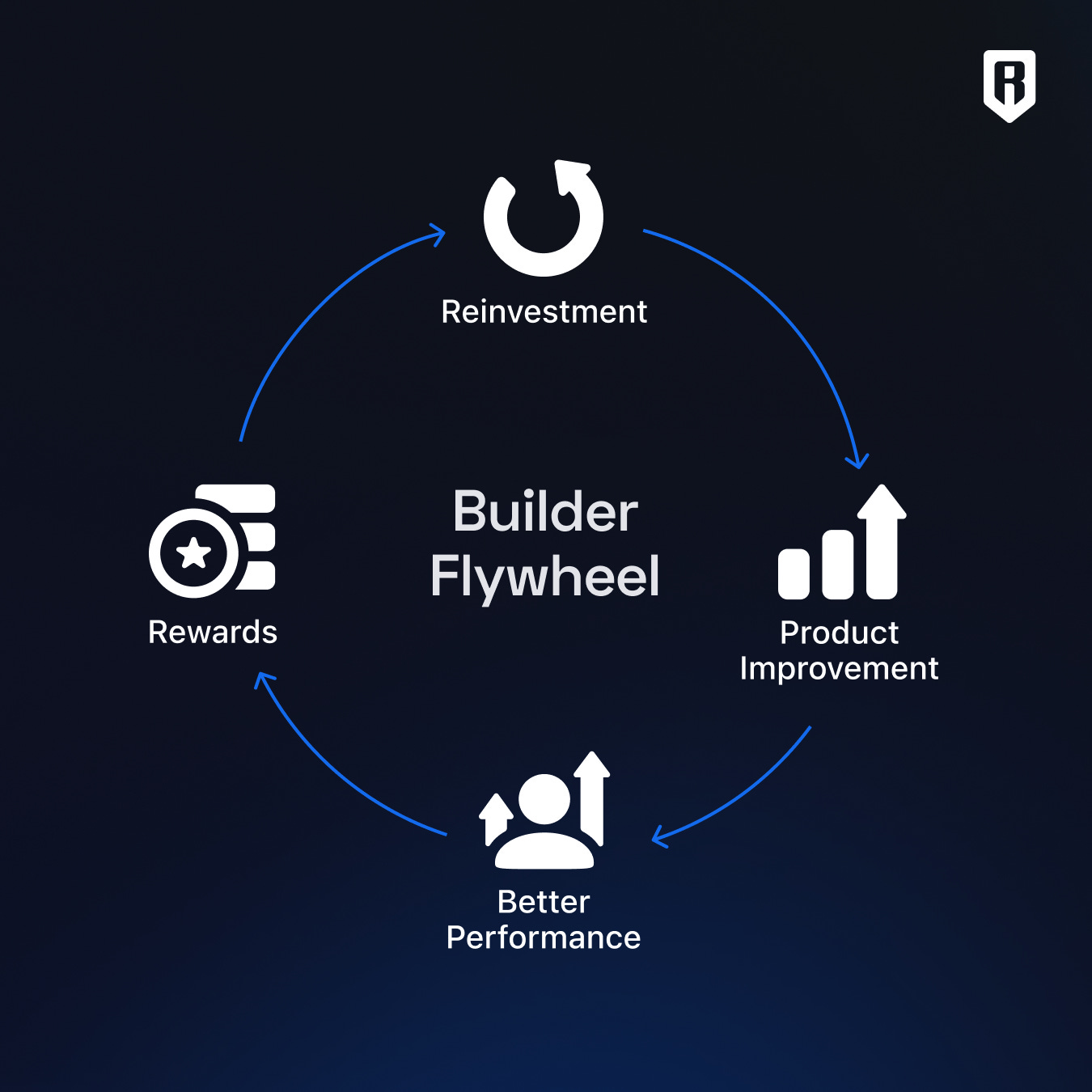
Transaction Costs: Ronin vs Ethereum Gas Fees After Dencun
Ethereum’s Dencun upgrade in March 2024 was a watershed event for Layer 2s. The introduction of ‘blobs’ reduced data availability costs by over 99%, leading to an immediate plunge in fees across major rollups:
- Starknet: From over $6 to $0.04 per transaction
- Optimism: Now at $0.05 per transaction
- Base: Down to $0.064 per transaction
- Arbitrum: $0.5 per transaction
- zkSync Era: Reduced to $0.16 per transaction
This new pricing reality makes Ethereum L2s highly competitive for most decentralized applications (dApps). For developers, predictable and ultra-low gas fees are no longer aspirational, they’re the norm.
Ronin’s positioning is different. As a gaming-focused chain, Ronin has long prioritized minimal fees to support high-frequency microtransactions, think NFT trades or in-game asset swaps. While precise figures are less publicized than those of Ethereum’s leading rollups, community benchmarks consistently report near-zero fees for standard transactions on Ronin.
The gap between “near zero” and fractions of a cent may seem trivial for most use cases, but at scale, especially in games with millions of daily actions, the difference can add up. Developers building on Ronin can count on negligible costs even during periods of peak activity, whereas Ethereum’s L2s now offer sub-cent fees with the added benefit of greater transparency and documentation.
L2 Throughput Comparison: Scaling Beyond Mainnet Limits
The performance ceiling for blockchain applications is often set by throughput, the number of transactions per second (TPS) that a network can reliably process. Post-Dencun, Ethereum’s Layer 2s have achieved up to 318 TPS, which is roughly 24 times faster than the mainnet itself (source). These figures are not theoretical; they’re observed under real-world conditions across networks like Arbitrum, Optimism, Base, and zkSync Era.
Ronin’s architecture is optimized for gaming workloads. Developers from Sky Mavis estimate that as an L2 rollup integrated with Ethereum security, Ronin will run up to 12× faster than its previous sidechain setup. While exact TPS metrics remain proprietary or unpublished as of this writing, empirical evidence from Axie Infinity suggests that near-instant confirmations are routine, even during high-traffic events like NFT launches or esports tournaments.
Real-World Developer Experiences: Ronin L2 vs Ethereum L2s
-
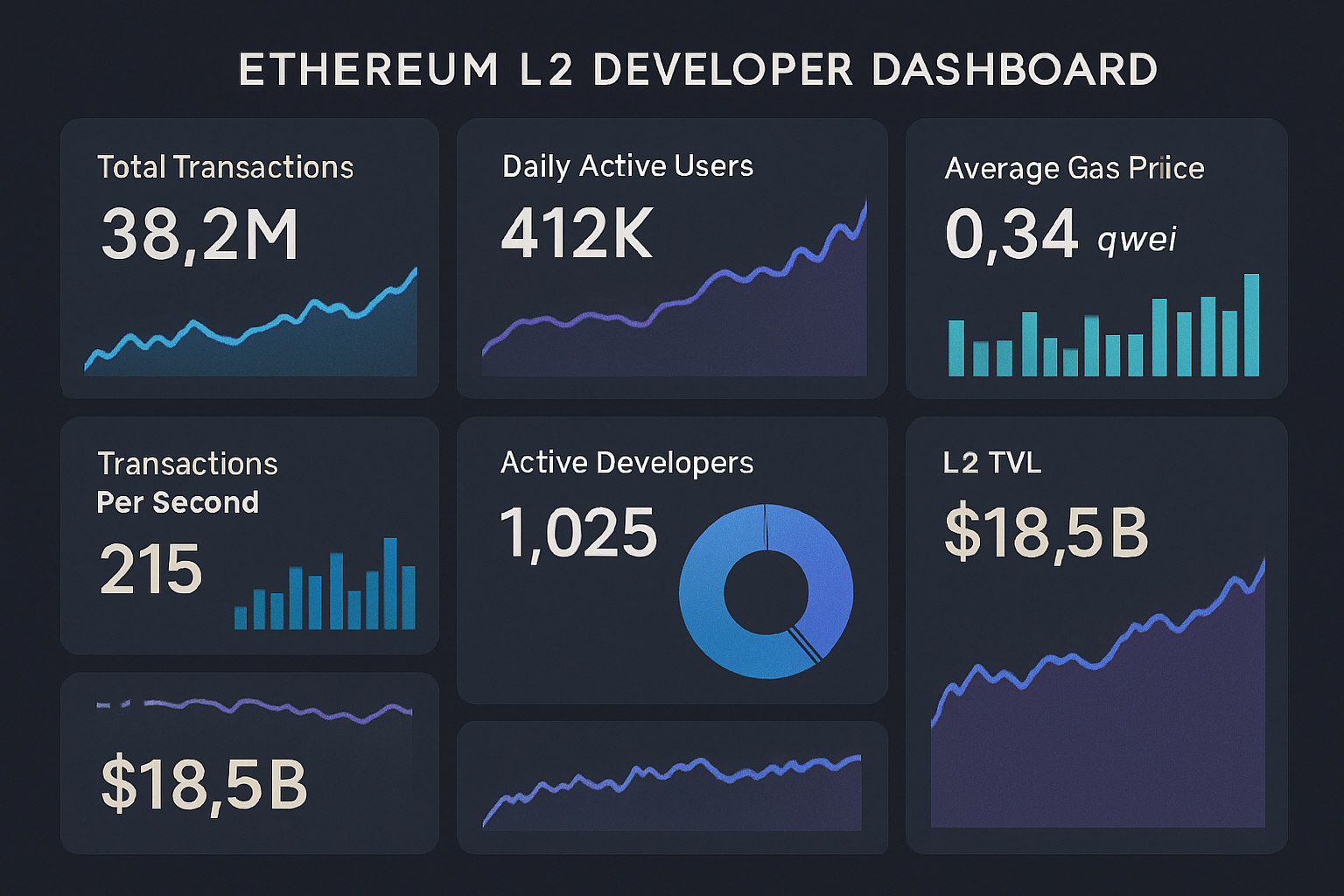
Transparent Fee Structures on Ethereum L2s: Developers building on Optimism, Arbitrum, Base, and zkSync Era report highly predictable and transparent fee structures. For example, after the Dencun upgrade, Optimism fees average $0.05, Base $0.064, Arbitrum $0.5, and zkSync Era $0.16 per transaction, making cost estimation and budgeting straightforward.
-
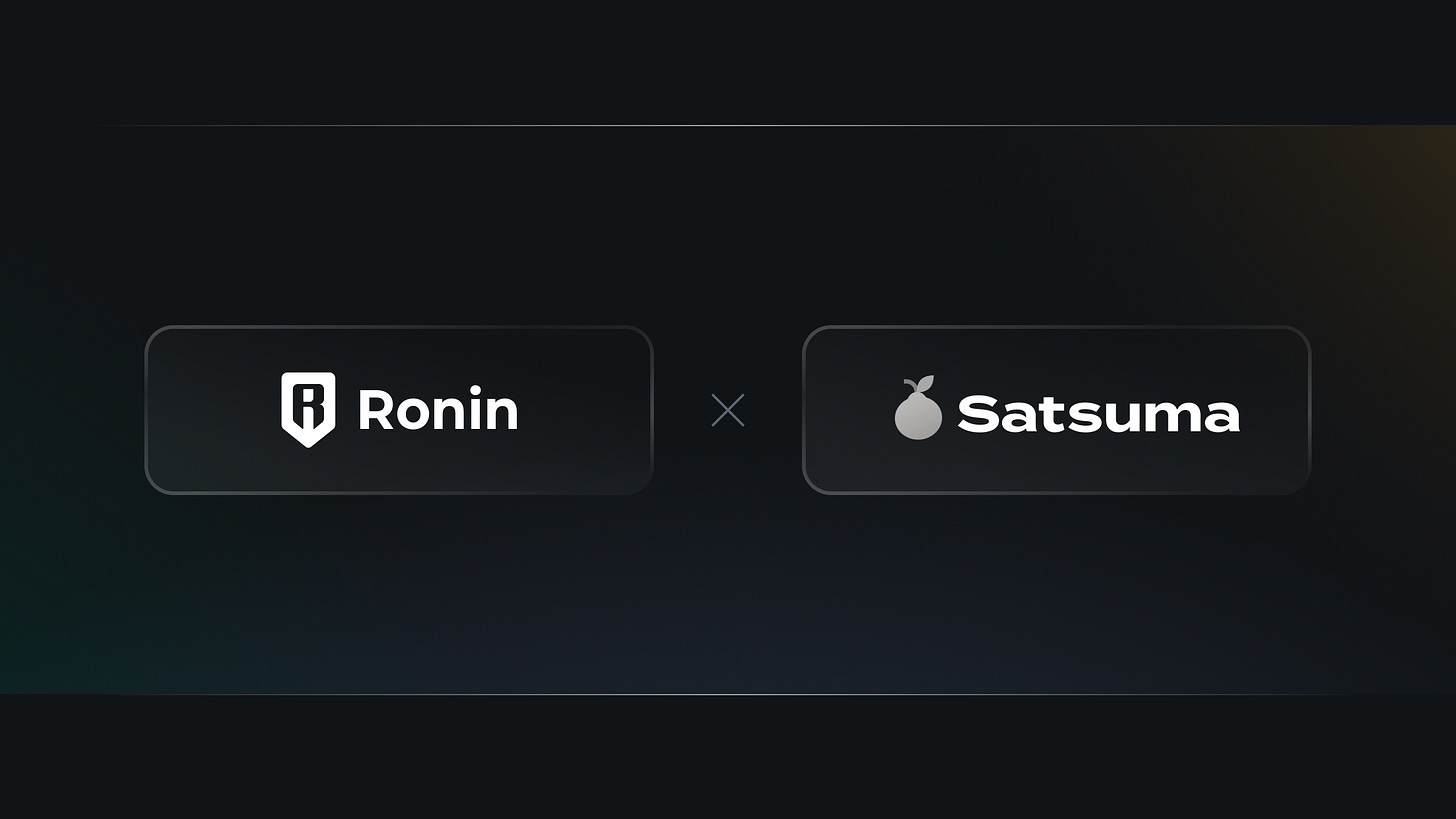
Specialized Gaming Experience on Ronin: Developers working with Axie Infinity and other gaming platforms highlight Ronin’s near-instant transaction speeds and minimal fees as critical for seamless in-game economies. While exact fee data is less public, the user experience is consistently cited as frictionless for high-frequency, low-value transactions.
-
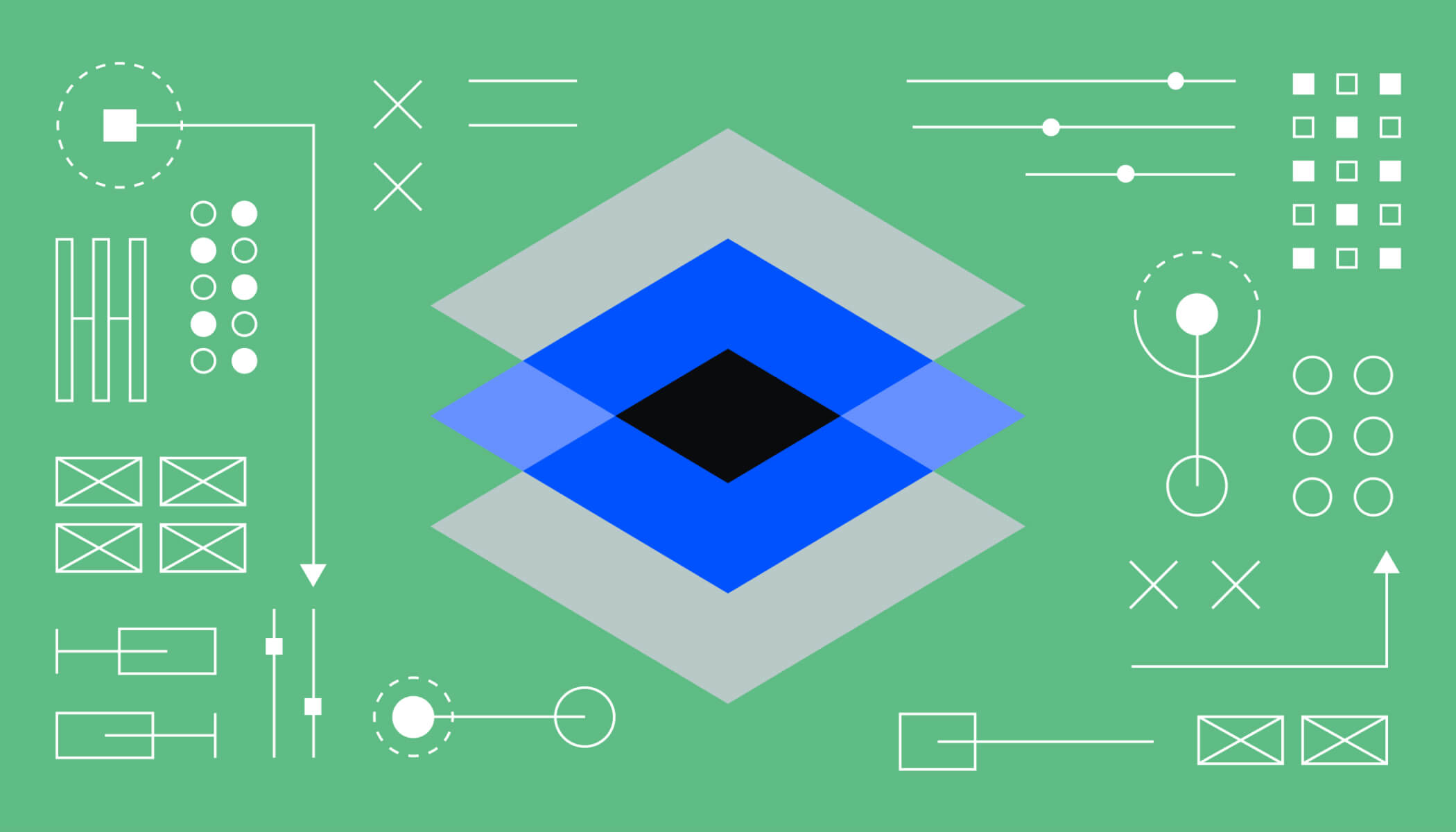
Documentation and Ecosystem Support: Ethereum L2s offer comprehensive documentation, tooling, and active developer communities. This transparency accelerates onboarding and troubleshooting, especially for new projects or those requiring composability with DeFi and other dApps.
-
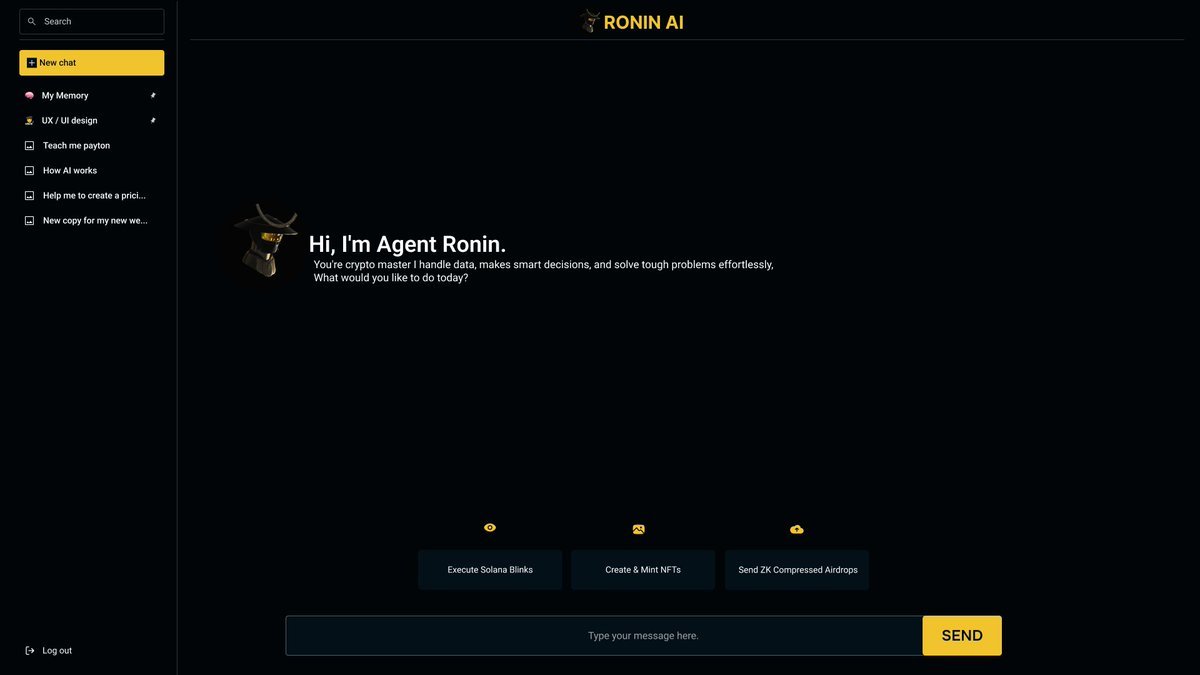
Customization and Control with Ronin: Game developers praise Ronin’s tailored infrastructure, which allows for greater customization of smart contracts and tokenomics specific to gaming. This level of control is harder to achieve on more generalized Ethereum L2s, making Ronin preferable for unique gaming mechanics.
-
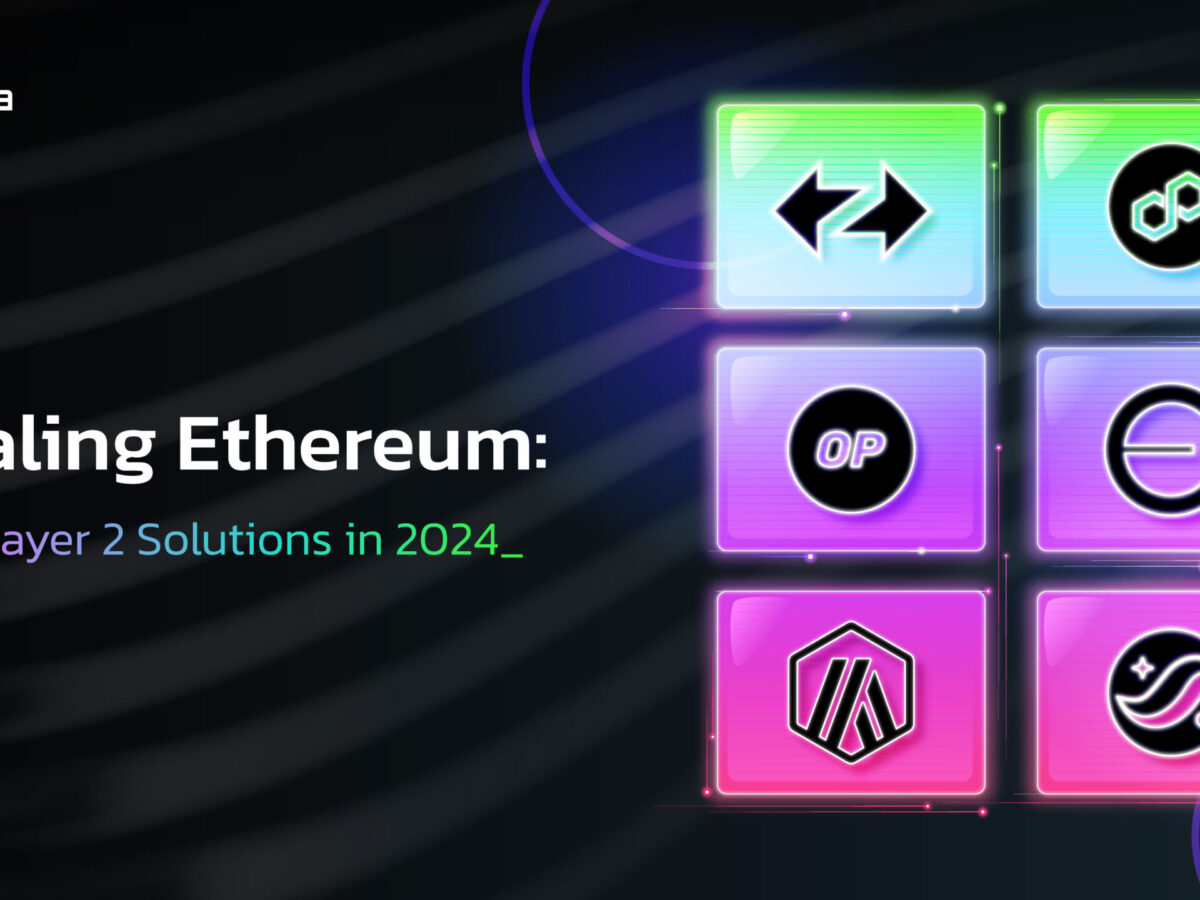
Network Effects and Interoperability: Developers on Ethereum L2s benefit from direct access to Ethereum’s global user base, liquidity, and security. The recent upgrades have improved both cost and speed, making cross-L2 and mainnet integrations more practical and appealing for projects seeking broad reach.
The Developer Experience: Transparency vs Specialization
A key distinction between these networks lies in their target audiences and ecosystems. Ethereum’s L2 solutions, such as Optimism and zkSync Era, provide robust documentation, open-source tooling, and extensive community support, making them attractive for general-purpose dApp development across DeFi, NFTs, DAOs, and more.
Ronin L2, meanwhile, is purpose-built for gaming studios seeking customizability and seamless UX at scale. Its integration with Ethereum as an L2 will soon allow developers to inherit mainnet-grade security while maintaining the ultra-fast settlement times gamers expect.
Which environment do you prefer for building dApps?
With Ethereum L2s now offering transparent, ultra-low fees (as low as $0.04–$0.16 per transaction) and Ronin providing specialized, minimal-fee infrastructure for gaming, which approach fits your development needs best?
For teams prioritizing composability and interoperability, Ethereum L2s currently offer the broadest set of integrations and the clearest upgrade path. The transparency of fee structures, standardized APIs, and a mature ecosystem lower the friction for onboarding new projects or migrating existing ones. This is especially relevant for developers building for DeFi or NFT marketplaces, where liquidity and user base are key considerations.
However, if your application requires millisecond-level responsiveness and negligible transaction costs at massive scale, think competitive gaming or real-time asset trading, Ronin’s focused approach remains compelling. Its architecture is tuned specifically for these use cases, allowing developers to deliver experiences that would be cost-prohibitive on even the most efficient general-purpose rollups.
Another important factor is security alignment. With Ronin’s migration to an Ethereum L2 rollup model, it will inherit Ethereum’s battle-tested security guarantees through zk proofs or optimistic rollup mechanisms. This closes much of the trust gap that previously existed between independent sidechains and mainnet-aligned L2s, a critical consideration for studios handling high-value assets or large user bases.
Cost-Benefit Analysis: Which L2 Fits Your Project?
The choice between Ronin L2 vs Ethereum L2 ultimately hinges on your project’s priorities:
When to Choose Ronin L2 vs. Ethereum L2 Solutions
-
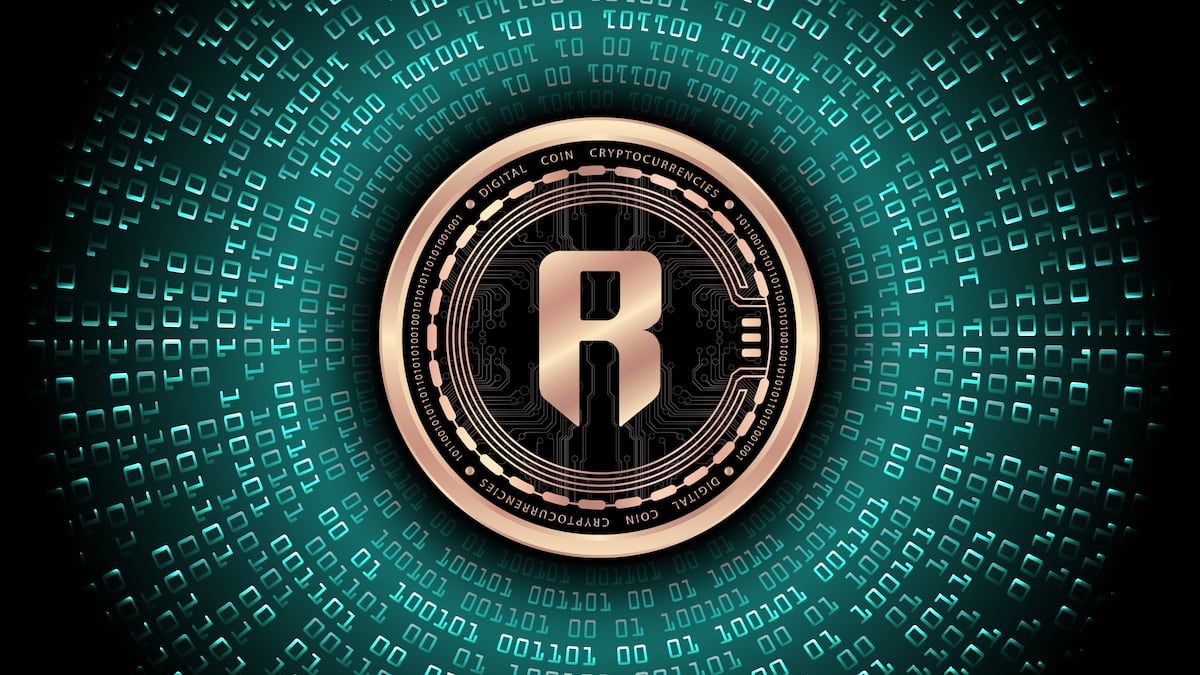
Choose Ronin L2 for gaming-focused projects: Ronin is purpose-built for blockchain games like Axie Infinity, offering near-instant transaction speeds and minimal fees, which are ideal for high-frequency, in-game transactions and seamless user experiences.
-
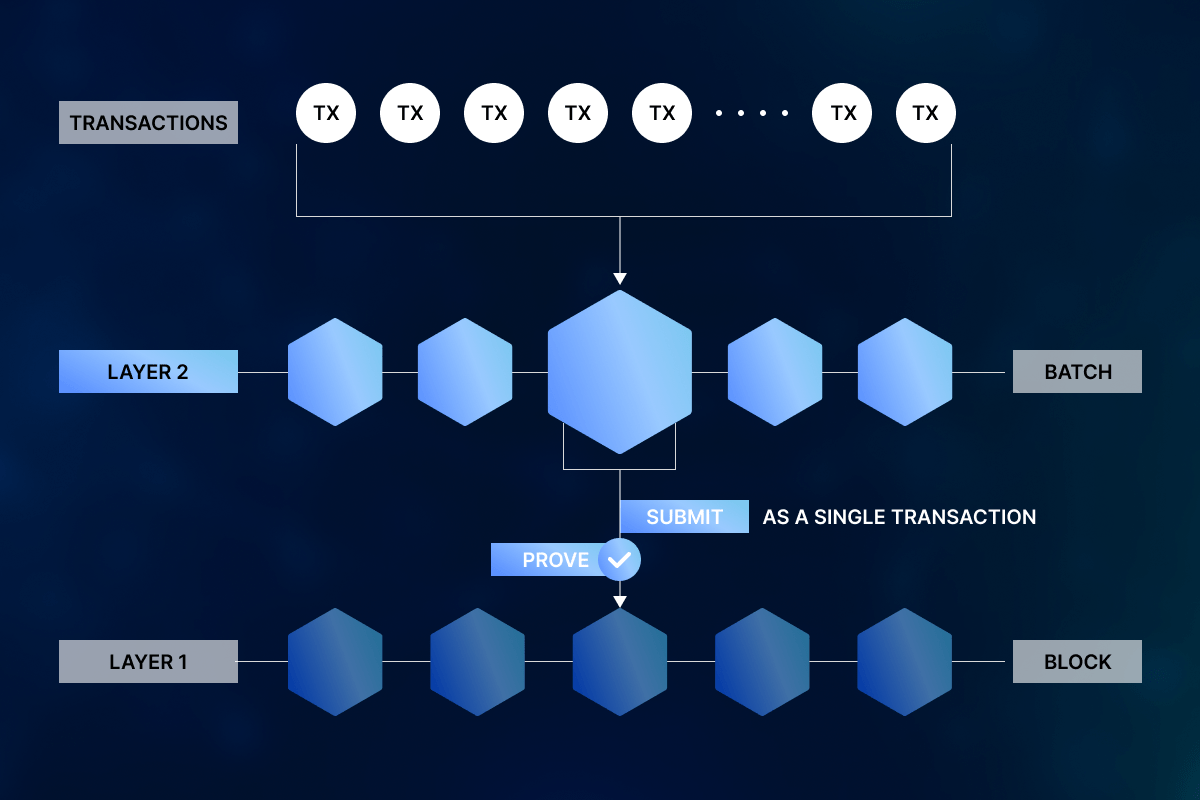
Opt for Ethereum L2s for broader ecosystem access: Solutions like Arbitrum, Optimism, Base, and zkSync Era provide access to Ethereum’s vast DeFi, NFT, and dApp ecosystems, making them suitable for projects that require composability, interoperability, and a wide developer community.
-
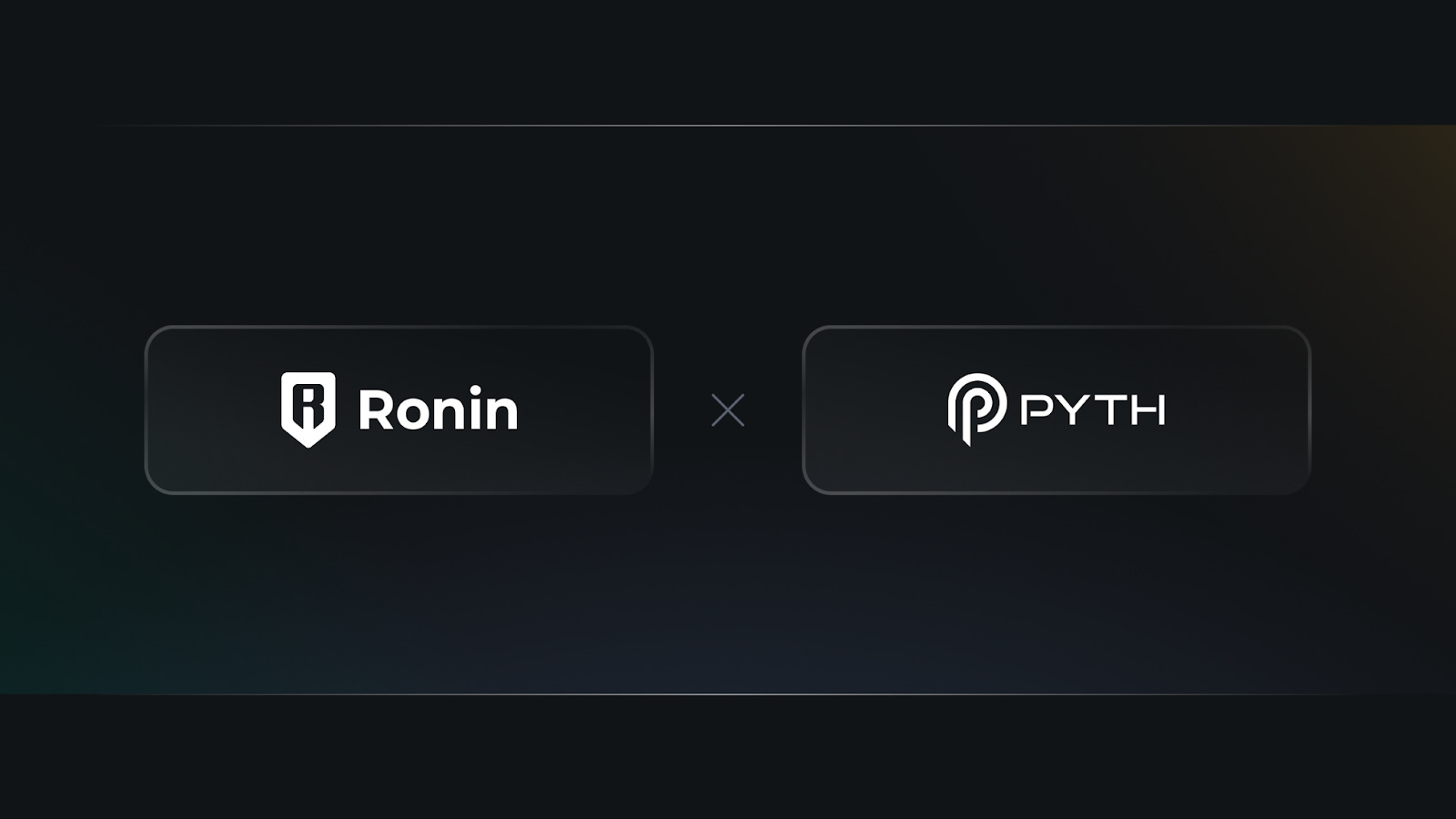
Pick Ronin L2 when you need specialized gaming infrastructure: Ronin offers tailored developer tools, SDKs, and integrations specifically designed for gaming, streamlining the creation of game assets, marketplaces, and player economies.
-
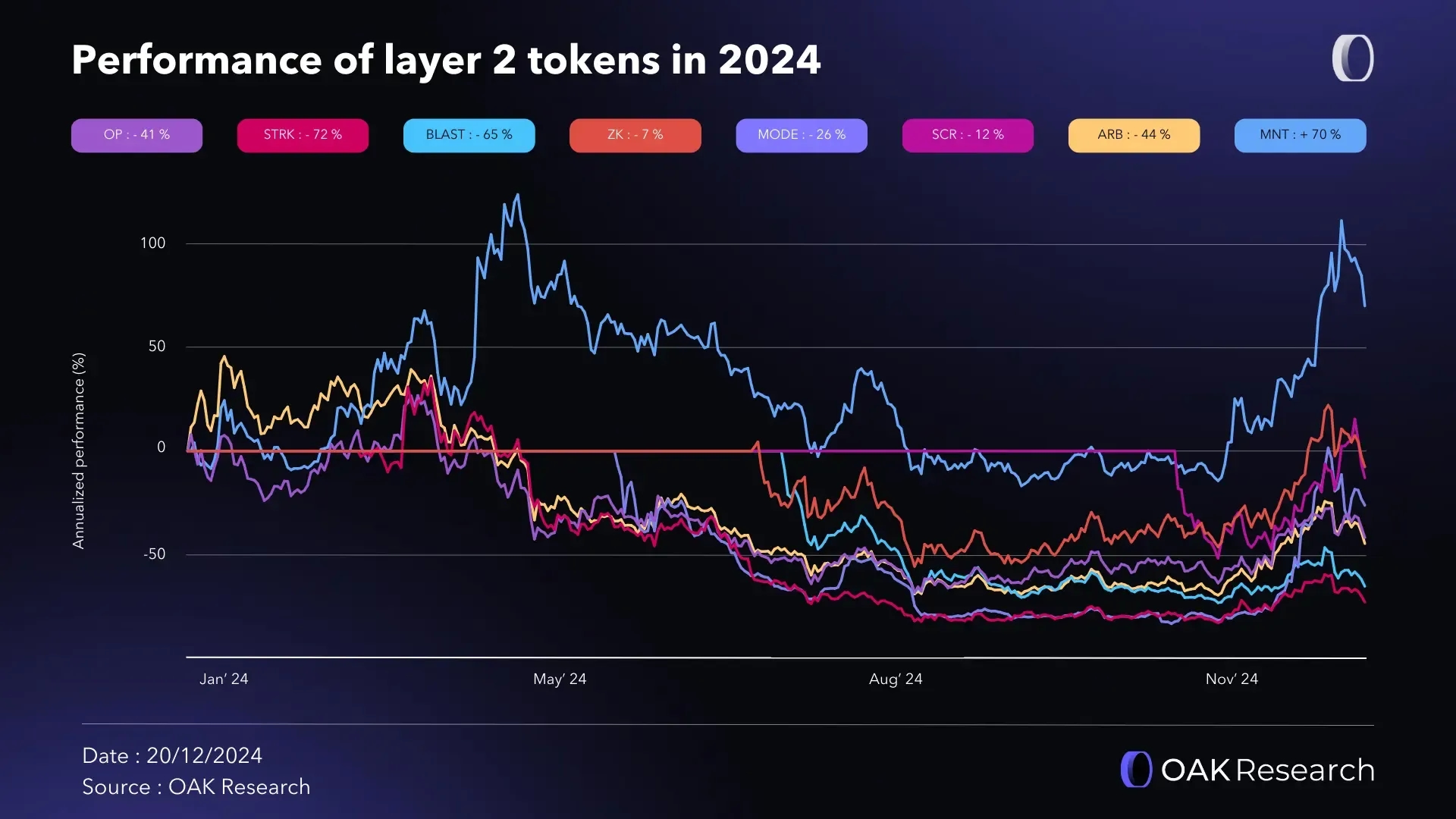
Use Ethereum L2s for transparent, well-documented performance: After the Dencun upgrade, Ethereum L2s have clear, published metrics—fees as low as $0.04–$0.50 per transaction and up to 318 TPS—making them a reliable choice for projects needing predictable costs and scalability.
-
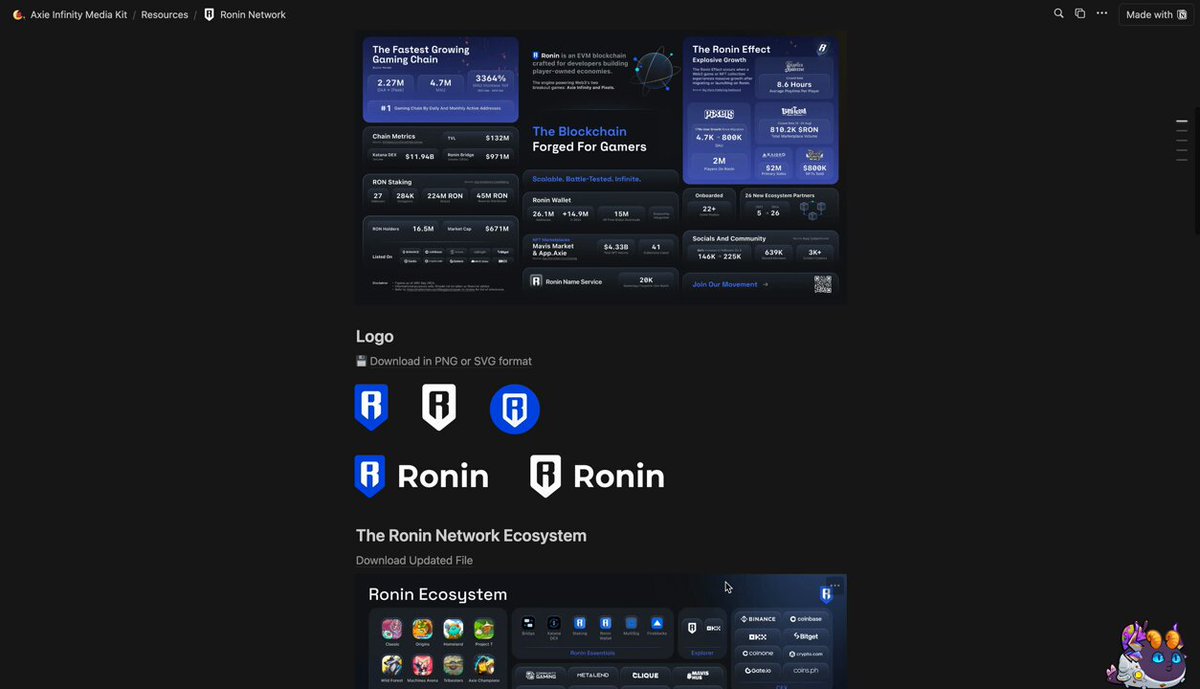
Choose Ronin L2 for a dedicated gaming community: If your project targets the existing Axie Infinity and Ronin user base, leveraging the established community and ecosystem can boost adoption and engagement.
-

Select Ethereum L2s for security and composability: By leveraging Ethereum’s security (via rollups and zk proofs) and its composable infrastructure, Ethereum L2s are preferable for projects requiring robust security guarantees and integration with other leading protocols.
If your focus is on broad composability, open-source tooling, and access to a deep pool of developer resources, the established Ethereum L2s are hard to beat, especially now that transaction fees routinely fall below $0.10 per transaction across major networks like Optimism ($0.05), Base ($0.064), Arbitrum ($0.5), and zkSync Era ($0.16). Recent data shows these price points are sustainable post-Dencun upgrade.
If you’re building high-frequency Web3 games or metaverse applications where every millisecond counts, and where even a fraction of a cent in fees could undermine the business model, Ronin’s near-zero cost environment remains unmatched in its niche.
As both ecosystems continue to evolve, with Ronin poised to leverage Ethereum’s security while preserving its signature speed, the lines between specialized and general-purpose scaling solutions will blur further. For developers, this means more options than ever before, but also a greater need for due diligence when choosing an L2 stack that aligns with their application’s unique needs.
